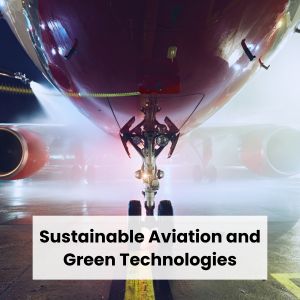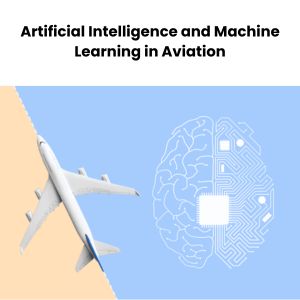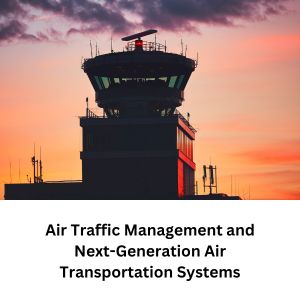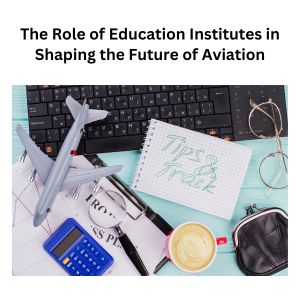Announcement
Get Ready for INDUS CUP 2K26! | Dates: 5–10 January 2026 | Stand a Chance to Win Cash Prizes up to ₹10,00,000!...Read more Get Ready for INDUS CUP 2K26! | Dates: 5–10 January 2026 | Stand a Chance to Win Cash Prizes up to ₹10,00,000!
We are excited to announce the Indus Hackathon 2025, an exhilarating one-day event organized by the CSE Department of Indus University....Read more We are excited to announce the Indus Hackathon 2025, an exhilarating one-day event organized by the CSE Department of Indus University.
26th ISTE Faculty Annual State Convention will be held at Indus University on April 27, 2023....Read more 26th ISTE Faculty Annual State Convention will be held at Indus University on April 27, 2023.
Get Ready for INDUS CUP 2K26! | Dates: 5–10 January 2026 | Stand a Chance to Win Cash Prizes up to ₹10,00,000!...Read more Get Ready for INDUS CUP 2K26! | Dates: 5–10 January 2026 | Stand a Chance to Win Cash Prizes up to ₹10,00,000!
We are excited to announce the Indus Hackathon 2025, an exhilarating one-day event organized by the CSE Department of Indus University....Read more We are excited to announce the Indus Hackathon 2025, an exhilarating one-day event organized by the CSE Department of Indus University.
26th ISTE Faculty Annual State Convention will be held at Indus University on April 27, 2023....Read more 26th ISTE Faculty Annual State Convention will be held at Indus University on April 27, 2023.

The aviation sector is paying increased attention to sustainable aviation and green technologies. Environmental impact the aviation sector must develop and adopt sustainable practices and technology because it contributes to carbon emissions, which have a detrimental influence on the environment.
Aviation sustainability can be achieved in a number of ways. One strategy for lowering fuel consumption is to increase the aircraft's engine efficiency, lighten the aircraft's weight, and optimize the routes. Another strategy is utilizing alternative fuels, such as biofuels, which emit fewer emissions than traditional fossil fuels. Electric and hybrid aircraft, which have the potential to reduce emissions drastically, are also the subject of research.
Along with technology improvements, airports, and airlines are implementing sustainability initiatives. Examples include recycling campaigns, energy-saving lighting and heating systems, and the utilization of renewable energy sources like solar and wind power. Many airlines also participate in carbon emission-reduction initiatives like reforestation and the development of renewable energy sources in order to offset their emissions.
In general, green technologies and sustainable aviation are essential for decreasing the aviation industry's environmental effects and reaching the world's climate goals. To advance in this field, industry stakeholders will need to collaborate and innovate continuously and teach this to aerospace engineers.


In the aviation industry, artificial intelligence (AI), machine learning (ML), and aeronautical and aerospace engineering are taking on greater significance as they present fresh approaches to maximizing operations, enhancing safety, and improving the entire passenger experience.
Predictive maintenance is one of the main applications of AI and ML in aviation. Machine learning algorithms can forecast when maintenance will be required by analyzing enormous volumes of data from sensors and other sources, preventing equipment failures and minimizing downtime.
Air traffic control is a significant area in aviation where AI and ML are used and this is taught in aeronautics courses. By giving air traffic controllers real-time information on the weather, flight trajectories, and other variables that affect aircraft operations, AI systems can assist them in making better-educated judgments. Delays can be cut down, and safety can be increased.
Additionally, AI and ML are being utilized to enhance the performance and design of airplanes and aerospace technology. Machine learning algorithms can assist engineers in identifying places where improvements can be made to minimize fuel consumption, improve aerodynamics, and improve overall performance by analyzing data on flight patterns and other aspects.
AI and ML are also improving the passenger experience. Airlines, for instance, can analyze customer data using machine learning algorithms and offer individualized recommendations for in-flight entertainment, food, and other services.
AI and ML are positioned to play a more significant part in aviation, contributing to increased safety, lower costs, and better passenger experiences.
The methods, practices, and technology used to monitor and control air traffic in the airspace surrounding airports and in the aerospace between airports are referred to as air traffic management (ATM). The purpose of ATM is to guarantee the sustainability, effectiveness, and safety of air travel.
The Federal Aviation Administration (FAA) in the United States has launched a modernization project called Next-Generation Air Transportation Systems (NextGen). By deploying new technologies and procedures, NextGen seeks to increase the National Airspace System's (NAS) safety, effectiveness, and environmental impact.
The Automatic Dependent Surveillance-Broadcast (ADS-B) system, a more advanced satellite-based alternative to the current ground-based air traffic management system, is the main objective of NextGen. Using GPS technology, the ADS-B system enables air traffic controllers to follow aircraft in real-time. This makes it possible to track and communicate with pilots more precisely, which can lower the chance of collisions and increase the effectiveness of air traffic control overall.

Performance-based navigation, which allows for more direct and effective flight paths and increased communication between air traffic controllers and pilots using data link technology, are other NextGen technologies and practices being deployed in the AME + Aerospace degree courses.
Overall, it is anticipated that the adoption of NextGen and other modernization initiatives in air traffic management will increase capacity in the National Airspace System, decrease delays, and improve safety.

By giving prospective aviation professionals access to essential training, education, and research opportunities, educational institutions play a critical role in determining the direction of aviation. The following are some ways that educational institutions can support the development of aviation:
Training the upcoming generation of aviation professionals: Aircraft maintenance engineering colleges and institutions provide degree programs, certification courses, and training programs that prepare people for careers in a variety of areas of the aviation industry, including pilots, air traffic controllers, maintenance technicians, and aerospace engineers. Students who complete these programs will have the abilities, information, and practical experience necessary to excel in their chosen fields of employment.
Creating cutting-edge technology: Aerospace engineering colleges and institutions are crucial in the creation of advanced technologies that can enhance aviation's sustainability, efficiency, and safety. They carry out investigations, create prototypes, and put novel theories to the test.
Collaborating with industry leaders: Leaders in aerospace and aircraft maintenance work with the best aeronautics engineering colleges and develop the best engineering programs to develop and apply cutting-edge procedures and technologies. These partnerships may result in the creation of fresh goods and services as well as new academic and training initiatives that educate students about the aviation sector's accelerating change.
Enhancing sustainability: By creating and promoting technologies that lessen aviation's impact on the environment, aerospace programs and courses can significantly improve sustainability in the aviation industry. This can involve creating other fuels, enhancing air traffic control methods, and creating more fuel-efficient aircraft designs.
In general, aerospace engineering schools are essential in determining the direction of aviation. They may contribute to ensuring that the aviation sector continues to innovate, expand, and thrive in the years to come by offering training, education, research, and partnership possibilities.
